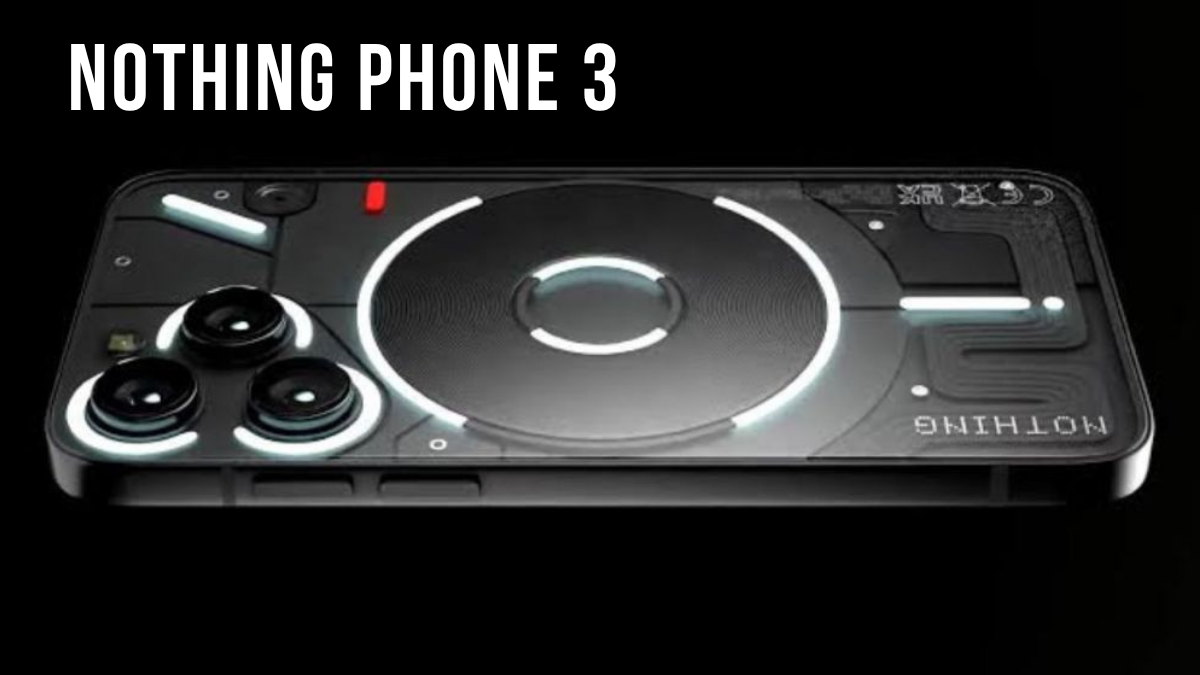The smartphone market is buzzing as the Nothing Phone (3) prepares to take its grand stage on July 1. Marketed as the brand’s first real flagship, it sports cutting-edge hardware, innovative design elements, and a bold promise to revolutionize mobile photography with its new camera system. But does the Nothing Phone (3) deliver on its promise? Based on early camera samples and tech specifications, there’s much to be excited about, but also room for improvement.

The Headline Feature: The 50MP Telephoto Lens
For the first time, the Nothing phone includes a telephoto lens in its camera array. Marked as a 50MP periscope-style telephoto lens, it promises optical zoom capabilities of 3x and up to 60x hybrid zoom. Nothing has touted this feature to be “built for creators,” emphasizing telemacro functionality that allows for extreme close-up shots.
This addition represents a significant upgrade over the Phone (2), which lacked any form of telephoto lens. The lens supports versatility, enabling users to shoot distant subjects in detail without sacrificing image sharpness. It makes a strong case for the Phone (3) as a reliable device for creative photography.
Camera Samples Reveal Mixed Results
Official image samples from the telephoto lens present a mixed bag. Four samples were published on social media by Nothing, showcasing macro and zoomed-in techniques. However, early feedback indicates that these images reveal several key challenges:
1. HDR Overprocessing
The HDR (High Dynamic Range) processing in some photos appears too aggressive. This leads to flat contrast, muted highlights, and overly bright shadows, resulting in unnatural and less impactful visuals.
2. Limited Use Cases Demonstrated
Thus far, the released photos have been taken under well-lit conditions. There’s minimal illustration of performance in low-light, highly dynamic, or fast-action environments, where smartphone cameras are often tested to their limits.
3. Color Calibration Issues
The wide-angle camera samples share warm tones across images. While pleasing to some, this consistency comes at the cost of true-to-life rendering, which may impact professional use for creators who expect more accuracy.
Telephoto Lens and its Creative Potential
Despite certain drawbacks, the telephoto capability of the Nothing Phone (3) stands out as a highlight. Here’s why:
- Telemacro Versatility
The telephoto lens doubles as a telemacro lens, enabling users to capture intricate details of very small subjects. Whether it’s flowers, insects, or product textures, the lens’ close-focusing ability could make it a favorite for creatives.
- Slimmer Camera Profile
Compared to the Nothing Phone (3a) Pro, the camera bump on the Phone (3) is said to be 74% thinner. This design refinement minimizes bulk while maintaining high functionality.
Complementary Technologies in the Phone (3)
Nothing has complemented its telephoto hardware with software and additional camera technologies. Here are the rest of the headline features:
- Triple 50MP Sensors
The phone includes three 50MP rear cameras (main, ultrawide, and telephoto), ensuring high-resolution photo quality across multiple shooting modes.
- High-Performance Chipset
Powered by the Snapdragon 8s Gen 4 chip, computational photography is expected to benefit from faster processing of image data.
- Glyph Matrix Lighting
Taking innovation further, Nothing has replaced its earlier glyph lighting array with what it calls the Glyph Matrix. While its impact on photography is unclear at this stage, it promises to bring functional and aesthetic upgrades.
Areas for Growth
While the hardware specifications of the Nothing Phone (3) are undeniably competitive, the phone would benefit greatly from addressing the following areas before or after launch:
- Dynamic Range Calibration
Beyond HDR adjustments, Nothing needs to refine its approach to preserve natural colors and contrasts for a balanced visual output.
- Low-Light Optimization
Nothing should consider publishing additional samples showcasing the camera’s performance in challenging lighting conditions. This would help build confidence among potential buyers.
- Post-Launch Software Updates
Photography on smartphones is as much about software as it is about hardware. AI-powered updates post-launch could significantly improve photo processing.
The Bigger Picture
The Nothing Phone (3) promises to be a formidable competitor in the flagship smartphone market. Its innovative periscope lens and refined design indicate strides in both performance and user experience. However, the early camera samples suggest that there is still room for fine-tuning to truly win over photography enthusiasts.
Consumers interested in mobile photography should consider waiting for further reviews and real-world performance tests before making their purchase. With any eventual software corrections and functional additions, the Nothing Phone (3) could emerge as a worthy device for creators, offering an innovative and stylish approach to smartphone photography.
FAQs about the Nothing Phone (3)
Q. What makes the Nothing Phone (3)’s camera unique?
A. The Nothing Phone (3) features an innovative telephoto lens and advanced software processing that aim to deliver high-quality photos and videos, making it a promising choice for creators.
Q. Does the Nothing Phone (3) support professional photography features?
A. Yes, it includes several professional-grade photography features such as manual controls, RAW capture, and advanced editing options through its companion software.
Q. How does the phone perform in low-light photography?
A. While the Nothing Phone (3) exhibits decent low-light performance aided by its software enhancements, there is room for improvement in reducing noise and enhancing clarity in darker settings.
Q. Is the Nothing Phone (3) suitable for video creators?
A. Absolutely. The phone supports high-resolution video recording, stabilization features, and a variety of creative modes, catering to the needs of video creators.
Q. What are the potential limitations of its camera setup?
A. Some users might find the lack of certain software optimizations and functional additions to be limiting, but future updates are expected to address these minor shortcomings.
For More Information Click HERE